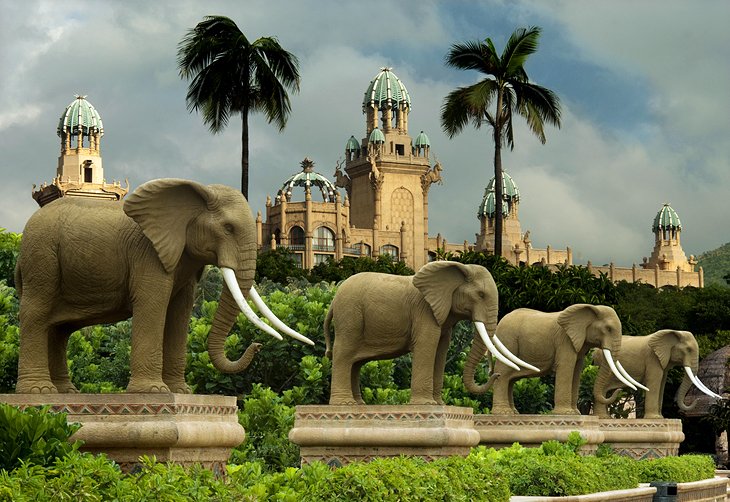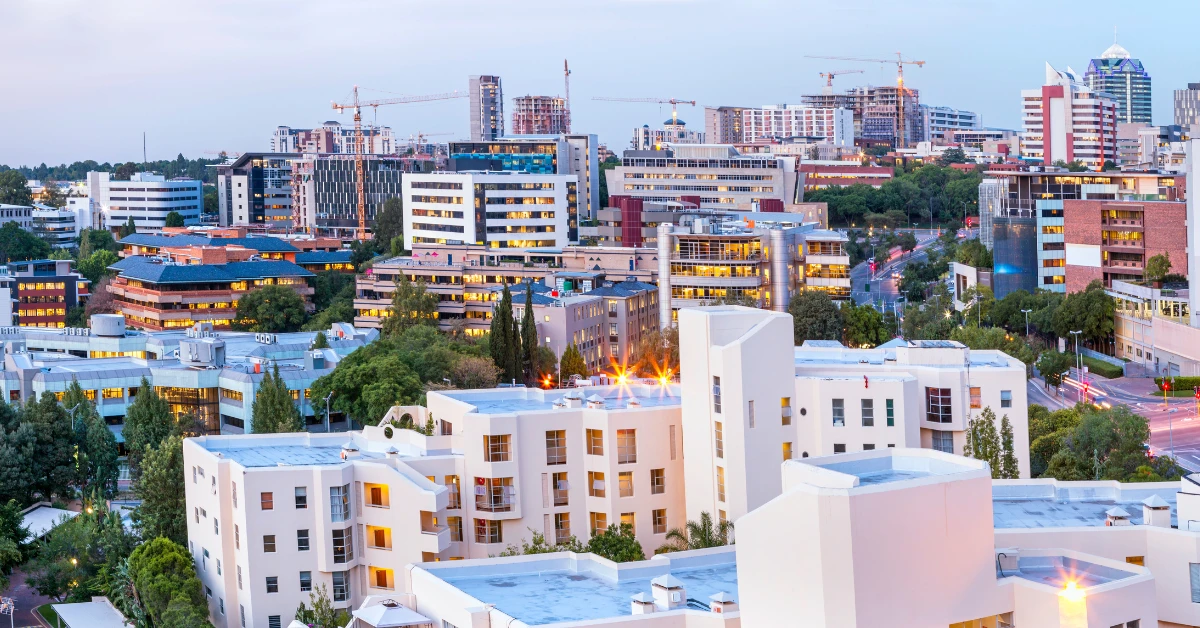What Does Johannesburg North Attractions Do?
What Does Johannesburg North Attractions Do?
Blog Article
Johannesburg North Attractions for Dummies
Table of ContentsThe 4-Minute Rule for Johannesburg North AttractionsThe Single Strategy To Use For Johannesburg North AttractionsThe 8-Second Trick For Johannesburg North AttractionsThe smart Trick of Johannesburg North Attractions That Nobody is Talking AboutThe Main Principles Of Johannesburg North Attractions Johannesburg North Attractions for DummiesThe Only Guide to Johannesburg North Attractions
You ought to keep protection in mind and vacationers must remain alert at all times when in unknown environments. Talk with the citizens when you remain in community to discover the area you are remaining in. Johannesburg North attractions. When on the road (this doesn't use to buying malls and other safe environments) ideal basic recommendations is to try your ideal to appear like a local and to avoid presenting any kind of riches
Unknown Facts About Johannesburg North Attractions
Teacher Revil Mason O. J. (Thomson, 1946) discovered the Witwatersrand's pre-colonial history. His historical work blew up the 'em pty land' misconception, according to which the area was lacking human habitation prior to the arrival of European settlers. In his publications Prehistory of the Transvaal: A Record of Human Task (1962) and Beginnings of Black People of Johannesburg and the Southern Western Central Transvaal Advertisement 3501880 (1986 ), Professor Mason demonstrated the level of social and economic development in the location prior to Europeans established foot right here.

Things about Johannesburg North Attractions
In 1878, David Wardrop discovered gold in quartz capillaries at Zwartkop, north of Krugersdorp. In 1881, Stephanus Minnaar came across gold on the ranch Kromdraai, near the Cradle of Humankind.
In March 1886, an outcropping (soon to be called the Key Coral reef) was found, rather fortuitously, on Gerhardus Oosthuizen's ranch Langlaagte. Some claim that the Lancastrian coal miner George Walker discovered this reef. Another travelling English miner, George Harrison (that had previously worked in Australian mines) acquired a prospecting permit in respect of Langlaagte in Might 1886.
He determined to move on in a quest for greener fields, and disposed of his Langlaagte claim for the baronial sum of 10. Alas: beneath lay the richest goldfield ever located. The exploration of this abundant auriferous reef prompted a gold thrill that signified completion of bucolic serenity in the southerly Transvaal.
It would certainly, within six years, come to be the biggest town in southerly Africa. Within a years, it would make the Z. A. R. until after that an anarchical and insolvent little state the most affluent country in Africa. By the turn of the century, the Z. A. R. was to surpass Russia, Australia and the USA of America to become the globe's leading gold producer, creating more than a quarter of the globe's gold.
Not known Details About Johannesburg North Attractions
It was called Ferreira's Camp, called after Colonel Ignatius Ferreira. He was a Boer adventurer upon whom the British authorities had actually presented the standing of Friend of the Many Differentiated Order of St Michael and St George (qualifying him to the post-nominal letters C. M. G.) in thankfulness for his function in the war that had deposed the Pedi king Sekhukhune in 1879.
Quickly the camp was teeming with outdoors tents and wagons as novices arrived daily from everywhere. By September 1886, some 400 people stayed in Ferreira's Camp, which soon boasted upraised iron and timber buildings. 2 other camps were established: Meyer's helpful site Camp on the ranch Doornfontein, and Paarl Camp. The latter was nicknamed Afrikander Camp; lots of people from the Cape Nest cleared up there.

5 Simple Techniques For Johannesburg North Attractions
This name acquired money by word of mouth, such that the State Secretary affirmed the name to the Mining Commissioner on 9 October 1886. Stands in the town other were auctioned on 8 December 1886. While some stands were marketed for 10, others were torn down for as little as sixpence.
Two years later on, these erven were to transform hands for as high as 750 each. The tented camps dwindled as a dorp of corrugated iron buildings created and expanded north of the mines situated along the Key Coral Reef Road. Areas such as Jeppe's Town (where working-class immigrants erected their homes) and Doornfontein (where the upscale new 'Randlords' started to build their opulent houses) were soon added to the ever-expanding map of the town.
The Buzz on Johannesburg North Attractions
In addition to the road names, there were no signs of Johannesburg being located in a Dutch-speaking nation. Years later, C. W. Kearns O. J. (among the initial boys enrolled at St John's College in 1898) would certainly recall: 'An odd truth regarding Johannesburg was that, although it was in the [Boer Republic], almost everyone spoke English and even the Federal government slaves attended to one in English, unless they were very first dealt with in the Taal (or Low Dutch)'.
Britain had an interest in ensuring ideal conditions for gold manufacturing on the Witwatersrand, and that the gold was exported to London rather than Berlin an essential provided all the a lot more clamant by the Z. A. R.'s enhancing toenadering with Germany. Mine proprietors were on a collision training course with Head home of state Kruger, whose plan of monopolistic concessions (usually provided to his cronies) protected against mining companies from acquiring supplies of products (particularly dynamite) and labour by themselves, more affordable terms
How Johannesburg North Attractions can Save You Time, Stress, and Money.
In 1890, the Volksraad had actually limited the franchise to white men who had actually resided in the Z. A. R. for fourteen years or longer, thus disqualifying a lot of the immigrants (who happened to be the significant contributors to the fiscus). Agitation for the vote was a mere pretense for advertising a various schedule; many uitlanders concerned themselves as short-lived site visitors and had no purpose of remaining in the Z.
Report this page